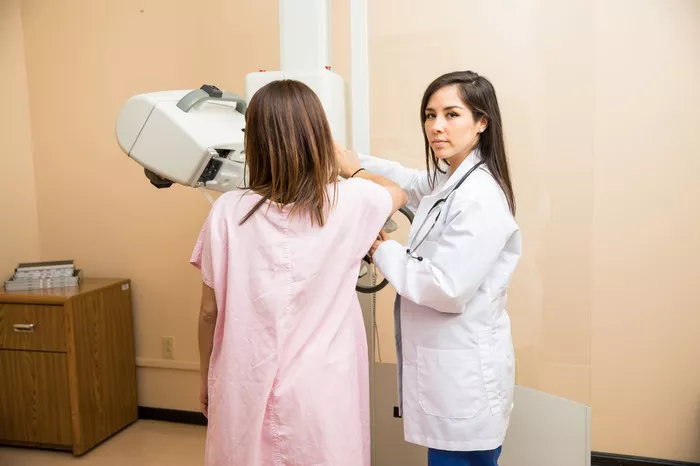FAQs
What is the progression of bacterial conjunctivitis?
Bacterial conjunctivitis typically starts with redness, itching, and discharge in one or both eyes. As the infection progresses, the discharge may become thicker and more yellow or greenish. In severe cases, the eyelids may become swollen and stick together upon waking.
How do you know if your conjunctivitis is getting better?
Improvement in bacterial conjunctivitis is typically characterized by a decrease in redness, itching, and discharge from the eyes. The eyes may also feel less irritated and more comfortable. However, it’s essential to complete the full course of antibiotics as prescribed by a healthcare professional.
When is bacterial conjunctivitis no longer contagious?
Bacterial conjunctivitis is usually considered no longer contagious 24 to 48 hours after starting antibiotic treatment. However, it’s crucial to follow the advice of a healthcare provider regarding the duration of isolation and precautions to prevent spreading the infection to others.
Related topics:
- Lowering Blood Sugar Quickly: Actionable Steps & Safety Precautions
- Reducing Inflammation: A Comprehensive Guide to Better Health
- How to Get Rid of Stye Swelling Fast: Strategies & Remedies


